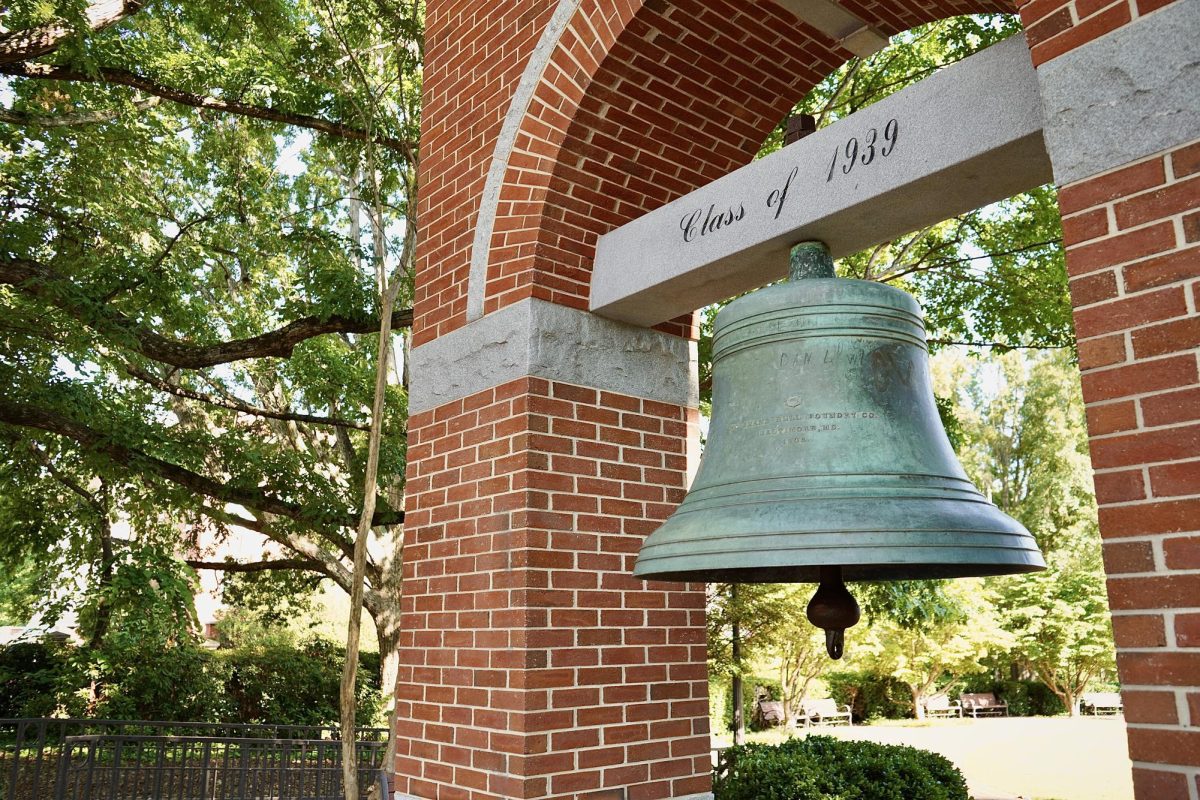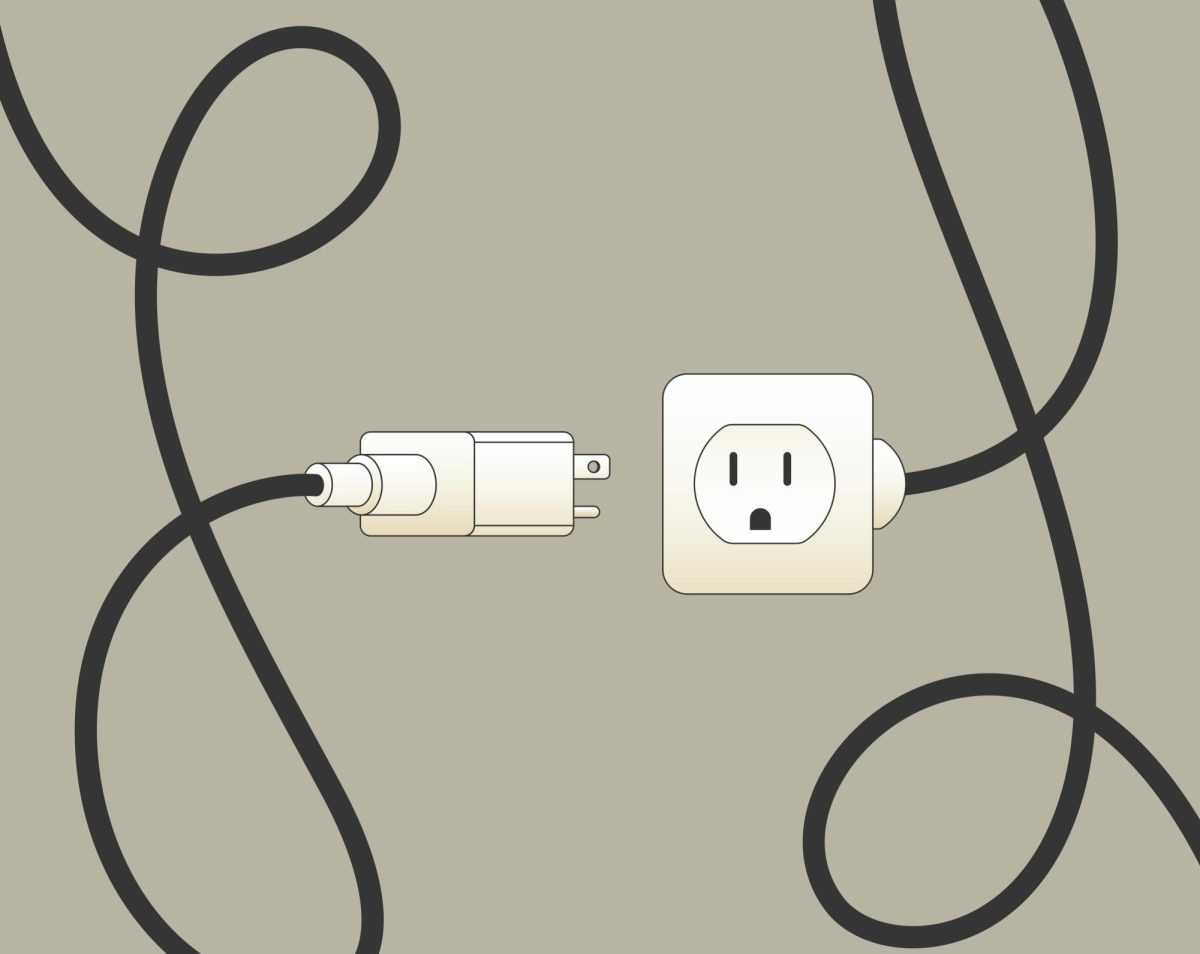Your immediate response is probably no, but what if you are the conspiracy theory?
You wake up one morning to discover that the senior partner of your small law firm has committed suicide, that $7.5 million is missing from the bank account holding clients’ money – the bank account to which only the senior partner had access.
The apparent suicide makes national headlines because the dead partner was a former british prime minister’s favorite speechwriter. All eyes are on you. You were his senior assistant, a lawyer in your own right, with a political career of your own ahead of you. Well, it was ahead of you.
You set out to find answers and to clear your name. You ask questions – the right ones in the wrong places – and over the course of a few years discover that the partner was a senior officer in British Intelligence; he was tasked by the said former prime minister to undertake illegal arms deals on her behalf. Things got messy; he was set up, and then he died.
Along the way, it is also revealed that U.S. governments for the past thirty years have used British governments to undertake covert missions that the U.S. wanted to keep away from Congressional oversight: the partner was likely killed by Mossad; Princess Diana was not the target – her boyfriend was; the Priory of Sion is real. You learn all of this while getting shot at, being warned off by the CIA and holding secret meetings in Montreal with a rogue Israeli intelligence officer.
How do you work out what is real, what is conspiracy, what is theory, what leads should be followed, how to stay alive or sane? I’ll give you some clues. Of course, the book I wrote will give you more, but I’m not sure if I’m allowed to self-promote.
By the numbers, here is what to do when confronted with a possible conspiracy theory:
1. Always check the source. This is true also of leads. Research who is talking, and do due diligence on the circumstances. Is the source credible or a nutjob? More to the point, might they have an agenda? How do you work this out? Work out who benefits if what they are saying is true. If it is not them, then chances are they are telling you what they believe to be the truth.
2. When you have confirmed even a little nugget to your own satisfaction, work outwards. If threads start to form a bigger picture, see if this picture makes sense. How can you tell? To answer, if you have a picture that can be used to successfully predict other events, then you likely have the truth.
3. Don’t assume that you will find the truth in the likely places. Almost every famous investigative journalist is a fraud. They got their information by selling their souls, especially those on the left. Truth is found in the most improbable locations. As attested in “Men in Black.”, the best information is almost always found in the tabloids and on whacko sites like Infowars. Intelligence agencies make a habit of releasing the stories they know they can’t hide to outlets with zero credibility, precisely so the truth will be rubbished. Looking back to step two, put the bigger picture together. If discredited nutjobs predict correctly, then you’ve likely hit the truth.
The bottom line is, when there were things your mother didn’t want you to know, she invented a story to stop you from discovering the truth. Governments are just your mother, with the power of a million. Although not every conspiracy theory is real, remember the saying about the paranoid guy. Sometimes, even he’s right to be scared.









